While Macedonian government in 2010 invested millions into projecting an image where Macedonians of today and Alexander the Great are, basically, one and the same, the reality is a bit more complicated than that. While Macedonia has its own exceptional history to demonstrate, especially its Yugoslav past seems to be already forgotten, by choice. This leads to a museum scene in the city that is, to put it a bit too kindly, not the best. Follow me as we explore the options for museum lovers in Macedonia’s quirky capital.
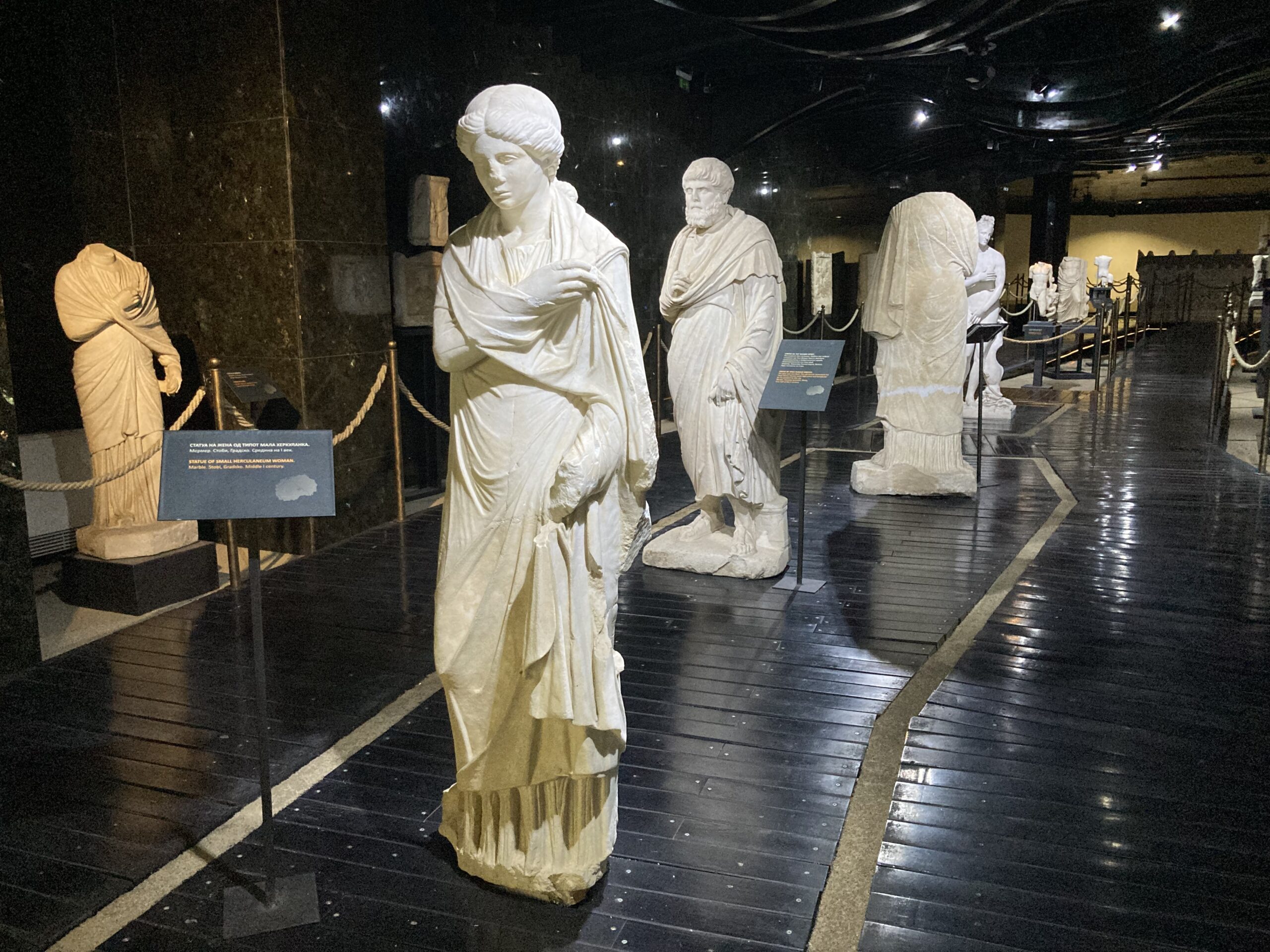
Alexander the Great. Alexander the Great! He is so great, in fact, that he is everywhere in Macedonia. Well, if he is so great, and so venerated, one cannot help but think that there would be massive museums dedicated to his empire, and himself. I can assure you, there is no such thing in Skopje. While the Archaeological Museum of the Republic of Macedonia looks massive and, dare I say, impressive on the outside, it is one of the worst museums you can visit on that normally very exciting subject. In fact, this was the worst experience I had in any museum, anywhere. The staff practically steals from tourists. You are forcibly sold a ticket to a temporary exhibition and are not even informed about it. Said exhibition is housed in a room that is hardly bigger than my apartment, and the rest of the exhibition, the permanent one that is, is smaller than a football stadium. Almost everything on display is a reproduction, and there are hardly any descriptions to be found anywhere near them. Avoid this mess at all costs.
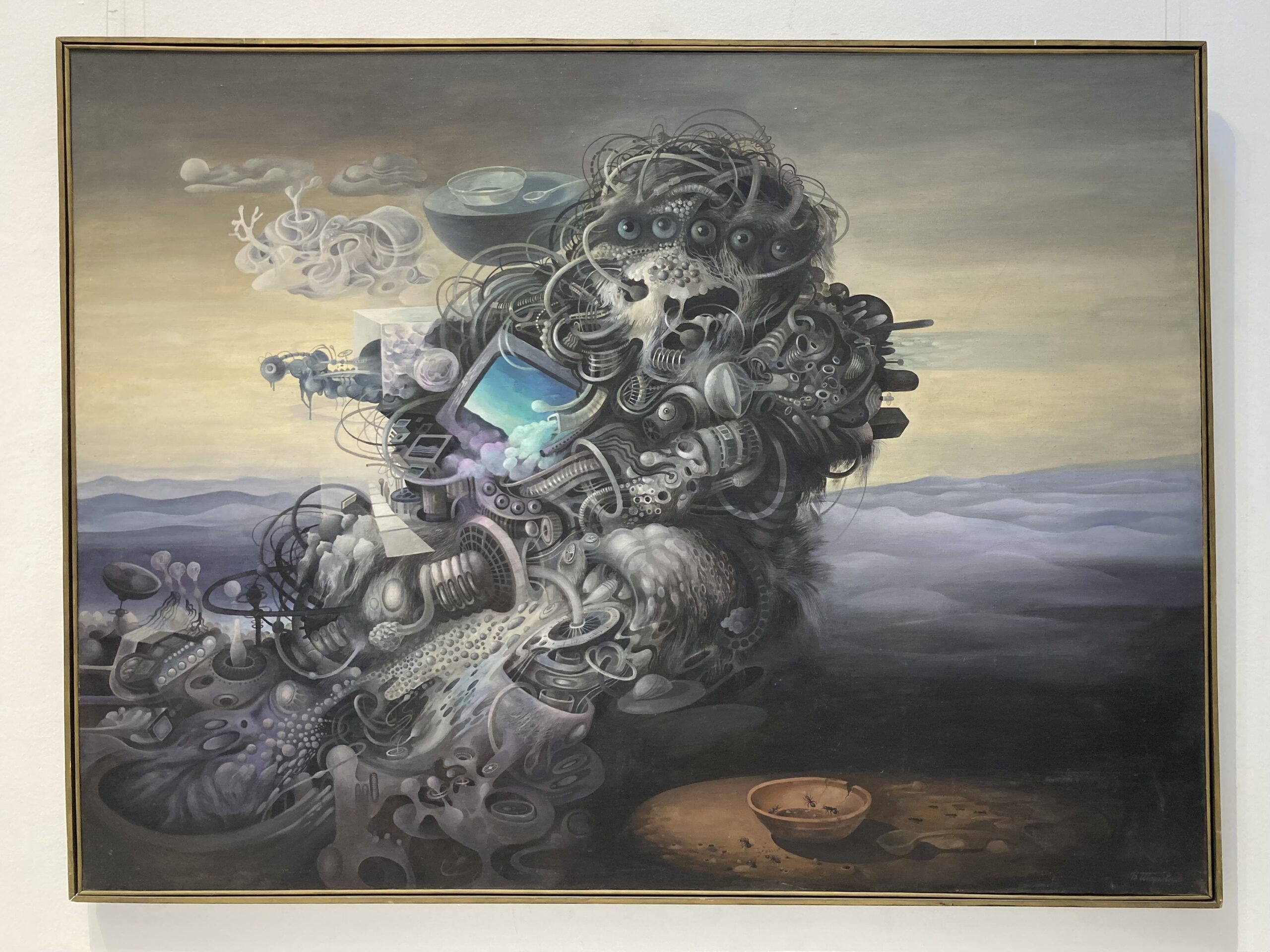
While Skopje did not have a proper museum dedicated to archaeology, it does not fare much better in the department of arts as well. I would not call the three museums dedicated to art as bad, per se, it is just that, they are tiny. Also, they are all dedicated to modern art, which is not something I am a fan of. In any case, you can find a few interesting pieces if you visit National Gallery of Macedonia Daut Pasha Hammam, a piece from which you can see above.
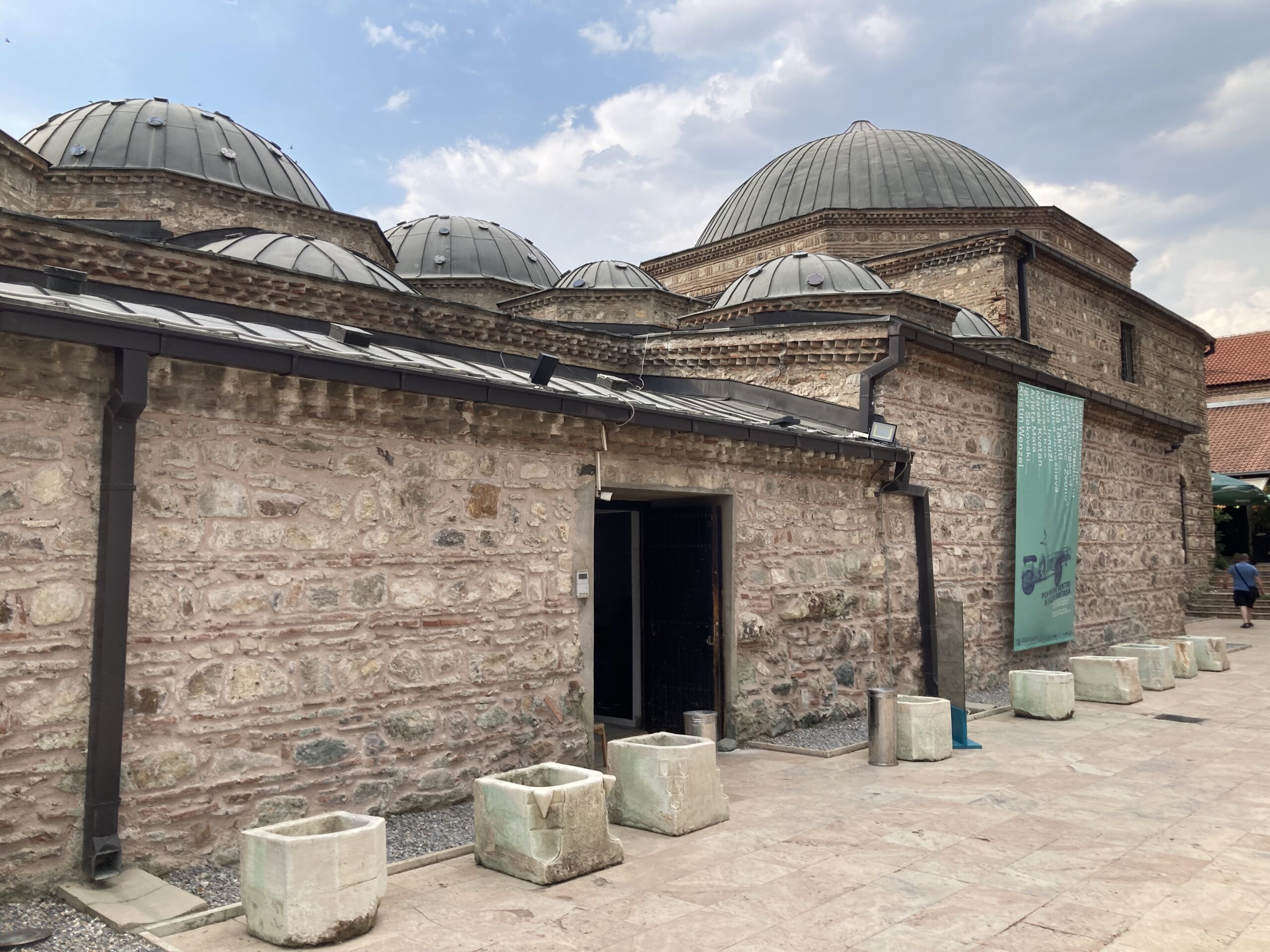
A sister collection can be found in National Gallery of Chifte Amam. Both of these exhibitions are housed in old Ottoman Turkish baths that are somewhat renovated to look as best as they can. I for one adored these renovation projects. It is worth seeing the spaces inside and out, and paying 100 MKD to see a few paintings and sculptures on the side is not such a terrible deal.
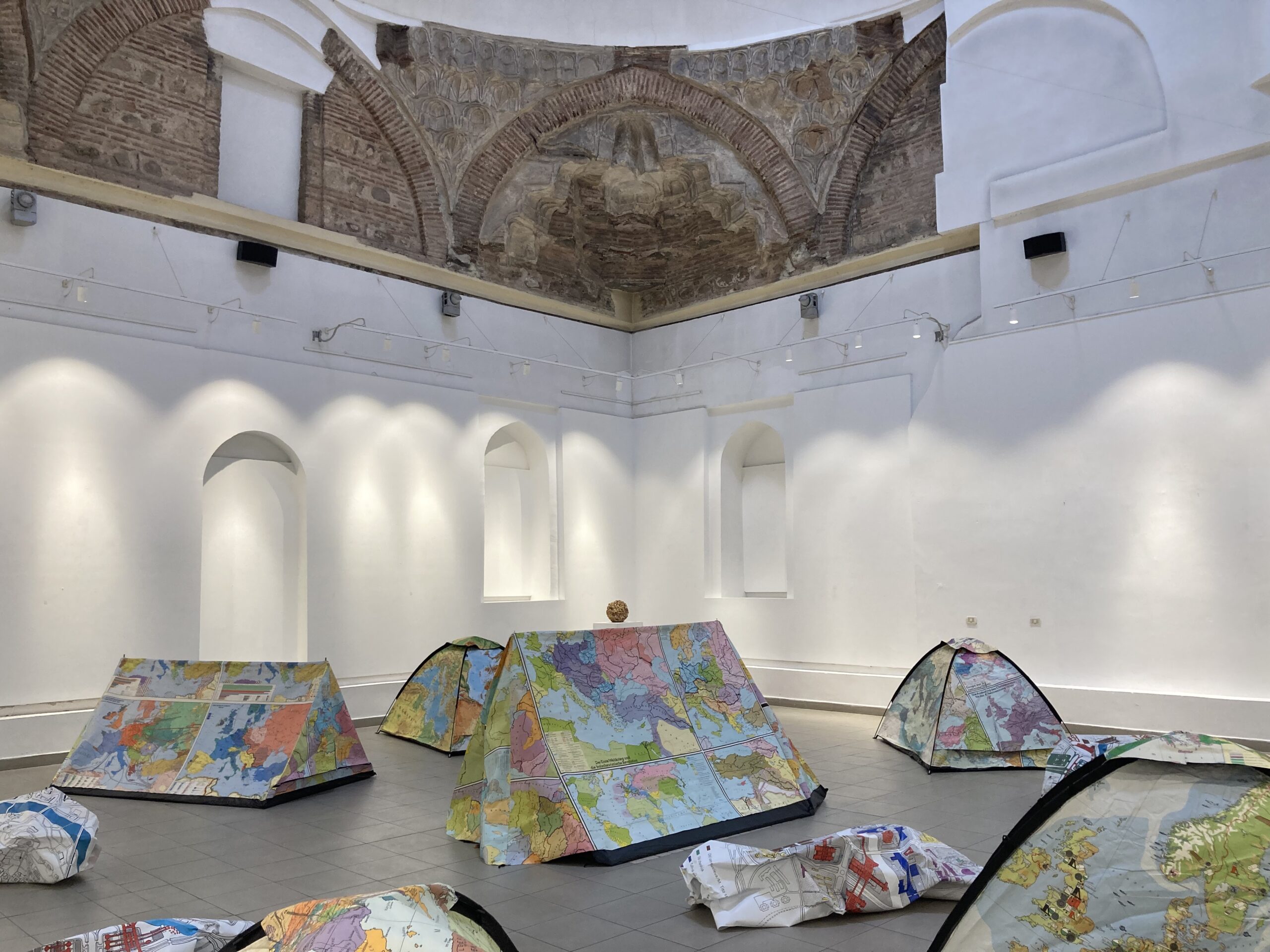
Since most of the art you will run into is, well, not the most inspired kind, keep your expectations low. With low enough expectations, everything works out for the better! For example, I did appreciate the clash of the modern design and old hammam walls in rooms like this.
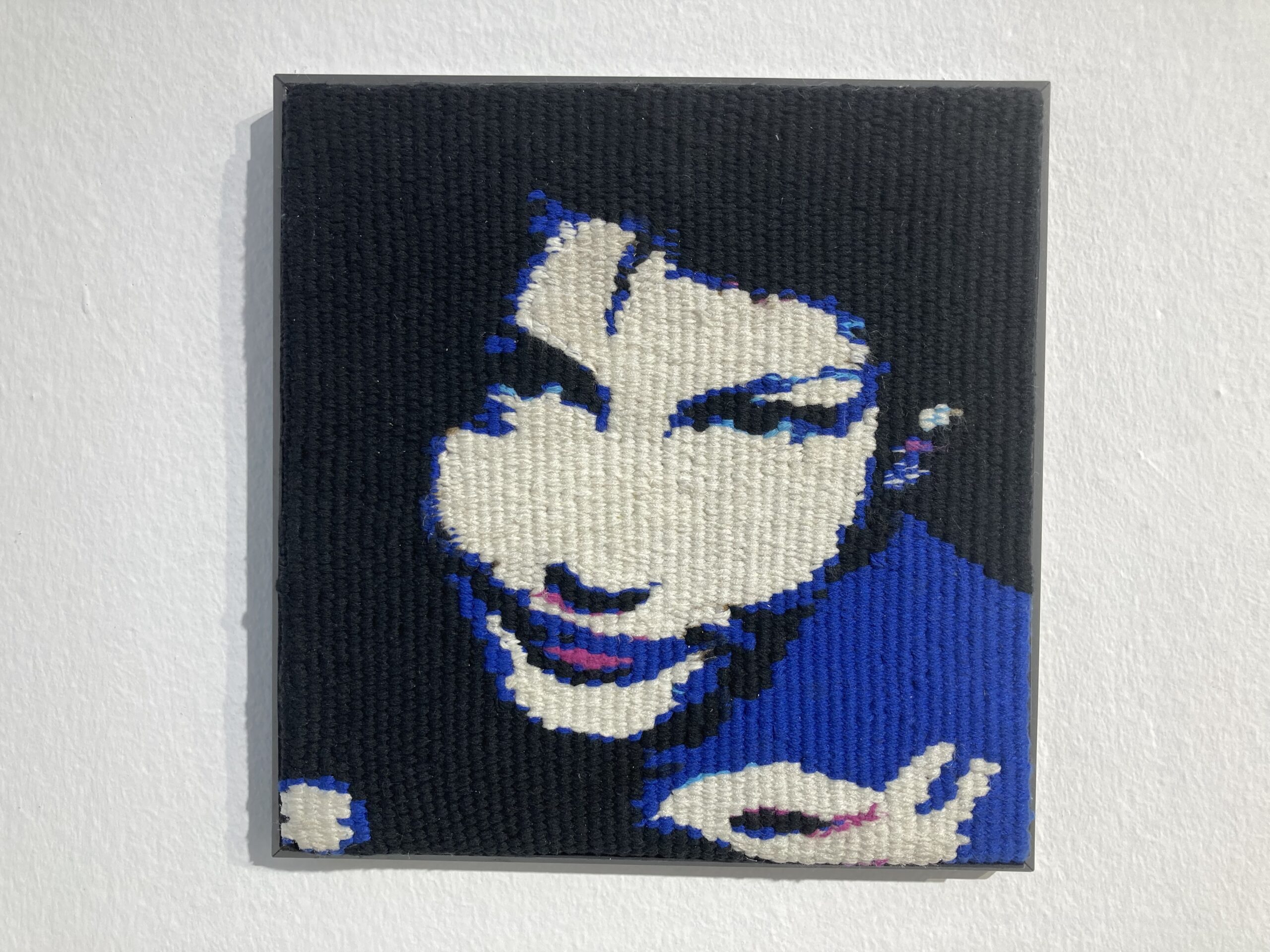
The biggest of these art museums is named simply as Museum of Contemporary Art. It is guarded by a rather volatile dog that barked at me and came a tad too close on the way in and out. Once again, you pay a very small fee to see a few items on exhibit, almost all of which seem to be there for a limited time. There were some interesting bits, and I actually enjoyed the room full of fabrics used for artistic purposes. However, once again, it is not worth being on anyone’s itineraries. You can visit it if it is on your route, but a detour would leave one most disappointed in my humble opinion.
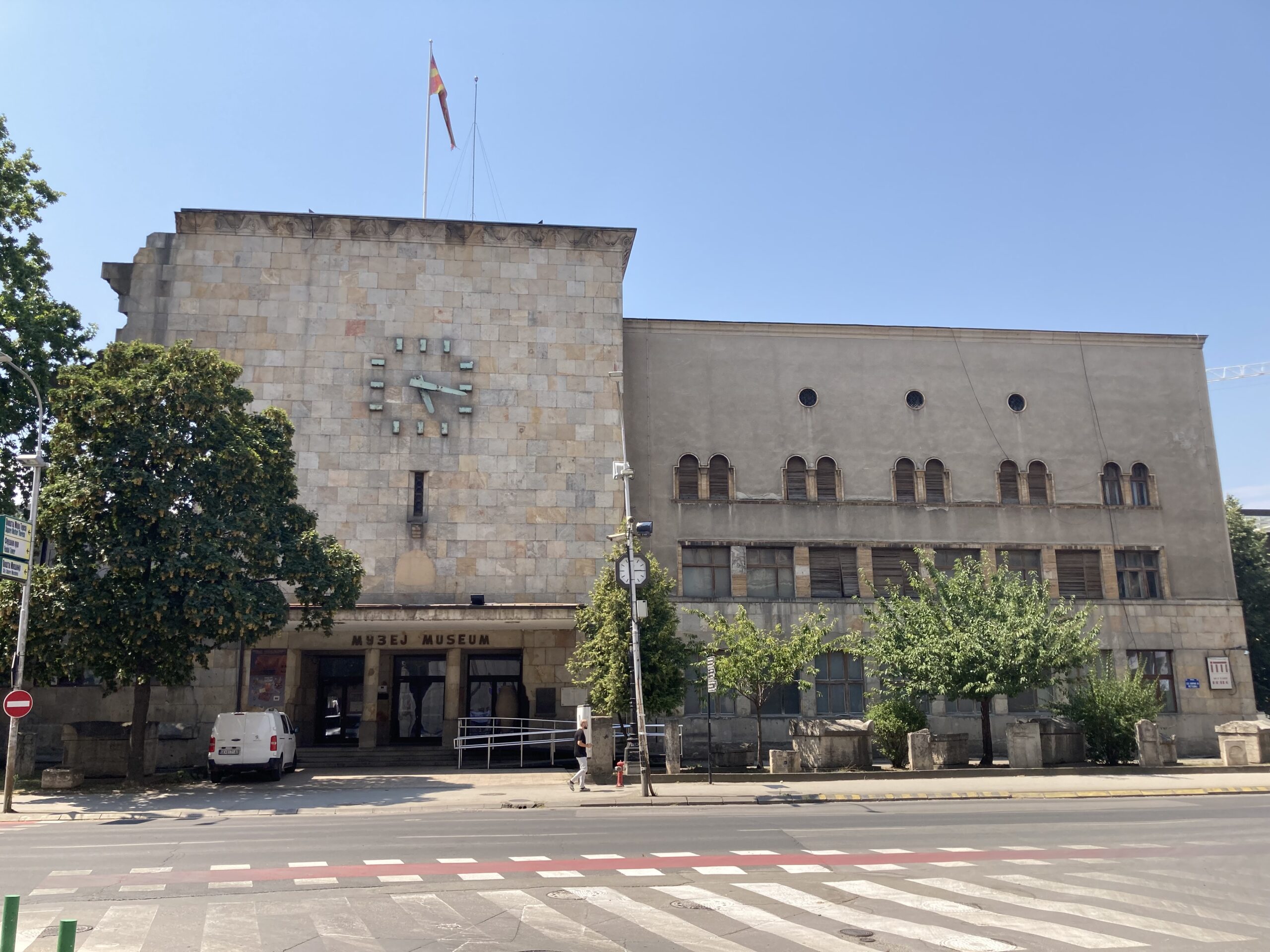
Thankfully, not all museums in Skopje are disappointing. The Museum of the City of Skopje can be visited inside the old train station of the city. This station was damaged badly during the 1963 earthquake, after which Skopje was gracefully redesigned along Yugoslav brutalist tradition. While this building itself, with its clock still stuck on the exact hour the earthquake stroke, is a testament to that horrible incident, it is what lays inside that gives a much better idea about the recent past of the city.
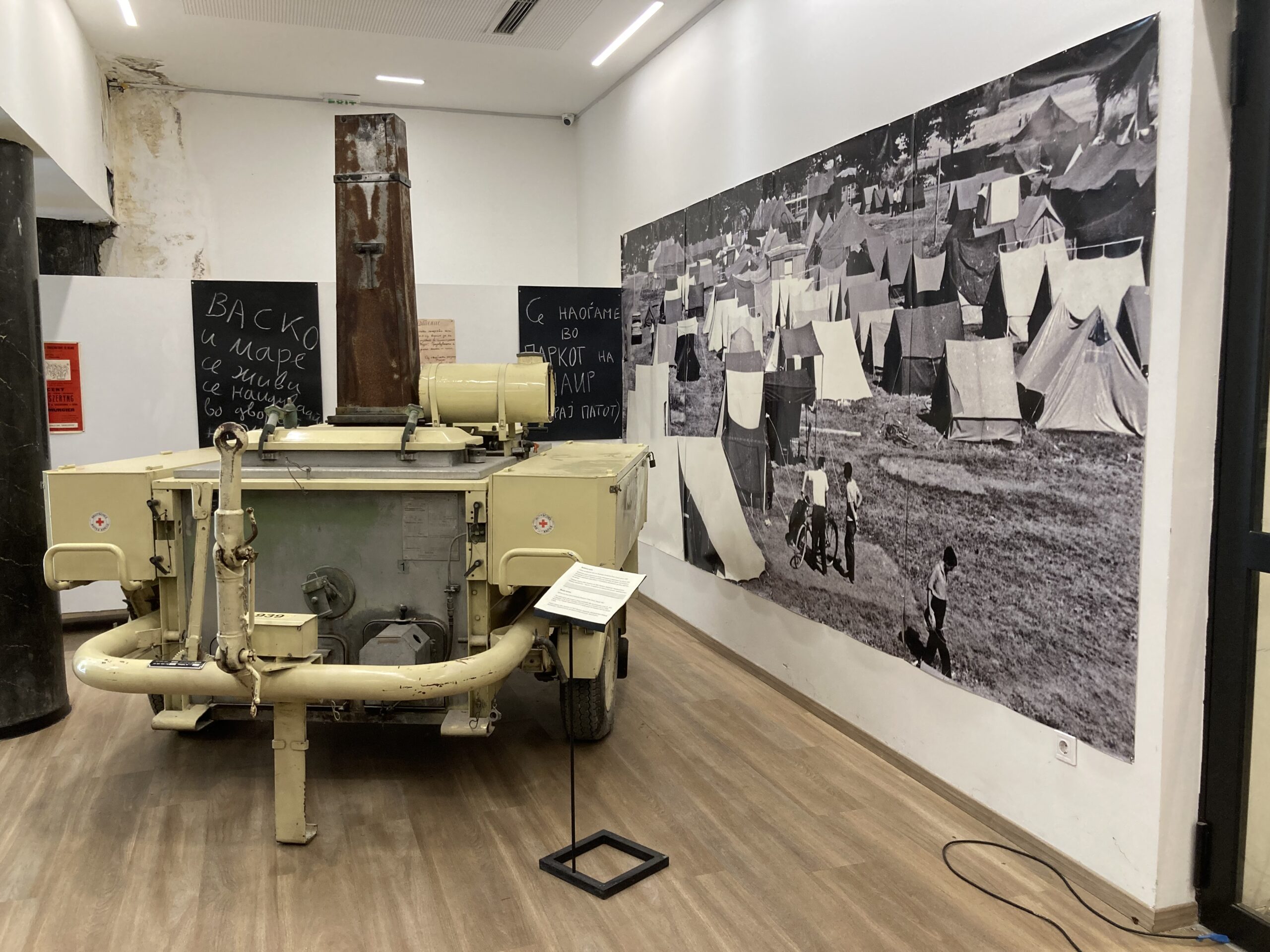
All can visit this museum freely, which was unexpected and a bit bizarre. Despite being one of the better museums in town, it was also the only one that was free. In any case, you can find a lot of artifacts on the Ottoman and Yugoslav period of the city and see some equipment that was left over from the relief efforts following the earthquake of 1963. There was also a room dedicated to photographs of Orthodox imagery from Ohrid, which was out of place, but it was quite enjoyable nonetheless.
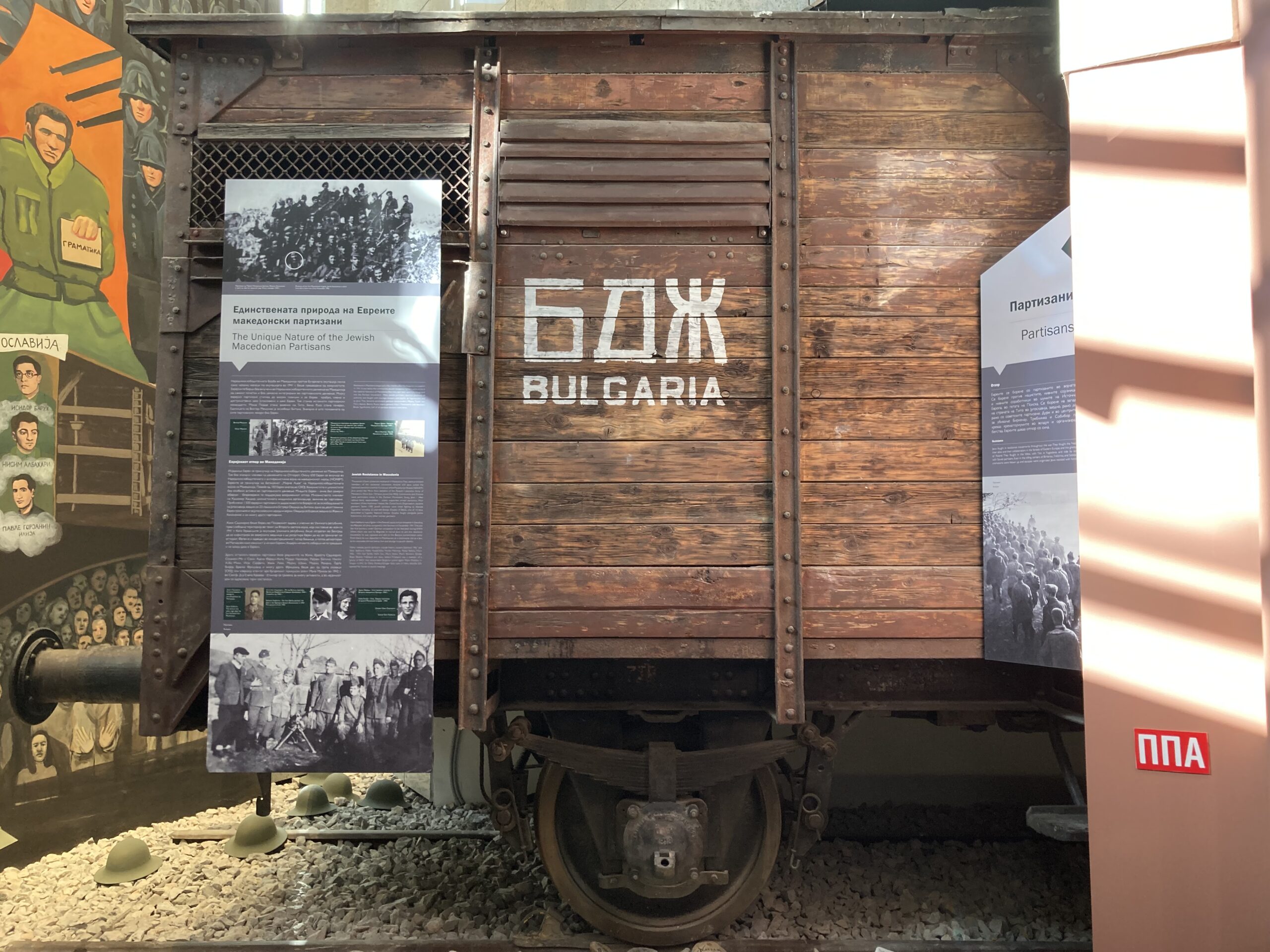
Other than the Museum of the Macedonian Struggle for Independence, which was full of wax figures that once helped Macedonian nationalist causes, the only museum that remains to be written about is the Macedonian Holocaust Museum. The former nationalist museum does not allow photography indoors, and is, as I keep noting, proudly nationalist. It is not really a history museum, nor is it one dedicated to ethnography. It seems to celebrate hundreds of figures that worked against Ottoman or Yugoslav elements in the region as the times went on. It is interesting, but the whole exhibition could have been better organized and illuminated.
The Macedonian Holocaust Museum on the other hand is amazing. It is more of a museum on Jewish history as a whole. It has many interactive exhibitions and makes great use of its space. There are also plenty of actual items that were once used during the part of the Holocaust that took place in the Balkans, which makes it easier to visualize the horrors that happened just a few decades ago. In my opinion, alongside the Museum of the City of Skopje, this is the best museum in town.
While Skopje did disappoint me with its very underwhelming choice of museums, there were nonetheless a few worth visiting. I hope that this article works as a cautionary tale for the future travellers to the region. While you may be tempted to go on a museum visiting spree like I did, know that you are much better off buying a few more decent bureks every morning with the cash you would spend on even the cheapest of these museums. This is not to say that these museums are expensive, it is just that despite being cheap, they are hardly worth your time and money in most cases. Sometimes, less is truly more.
